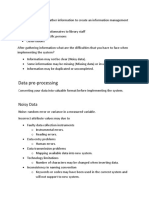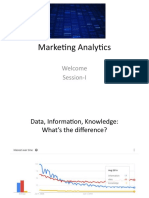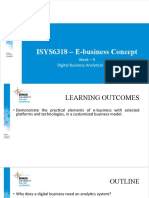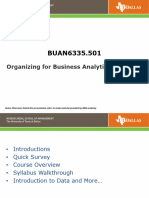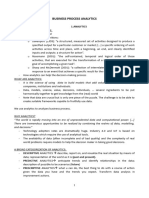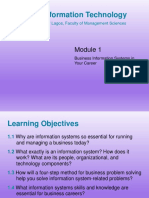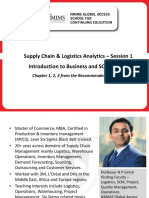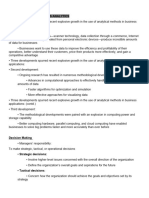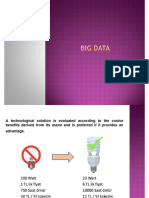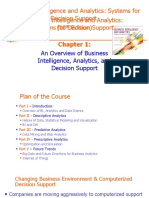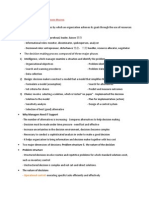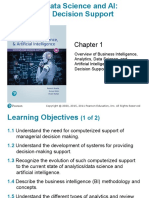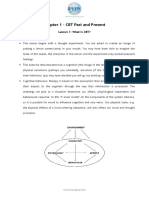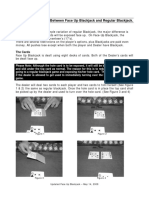0% found this document useful (0 votes)
5 views42 pagesMOPE Week 3 Lecture
The document outlines a lecture on managing operations and project environments, focusing on key concepts such as data-driven decision-making, the DMAIC improvement cycle, and the importance of forecasting in resource planning. It emphasizes the role of data in understanding system dynamics and making informed decisions, along with practical examples from companies like Netflix and Amazon. The session also covers various forecasting methods and the significance of matching demand with capacity in operational planning.
Uploaded by
sanjaydas3955881Copyright
© © All Rights Reserved
We take content rights seriously. If you suspect this is your content, claim it here.
Available Formats
Download as PPTX, PDF, TXT or read online on Scribd
0% found this document useful (0 votes)
5 views42 pagesMOPE Week 3 Lecture
The document outlines a lecture on managing operations and project environments, focusing on key concepts such as data-driven decision-making, the DMAIC improvement cycle, and the importance of forecasting in resource planning. It emphasizes the role of data in understanding system dynamics and making informed decisions, along with practical examples from companies like Netflix and Amazon. The session also covers various forecasting methods and the significance of matching demand with capacity in operational planning.
Uploaded by
sanjaydas3955881Copyright
© © All Rights Reserved
We take content rights seriously. If you suspect this is your content, claim it here.
Available Formats
Download as PPTX, PDF, TXT or read online on Scribd
/ 42










